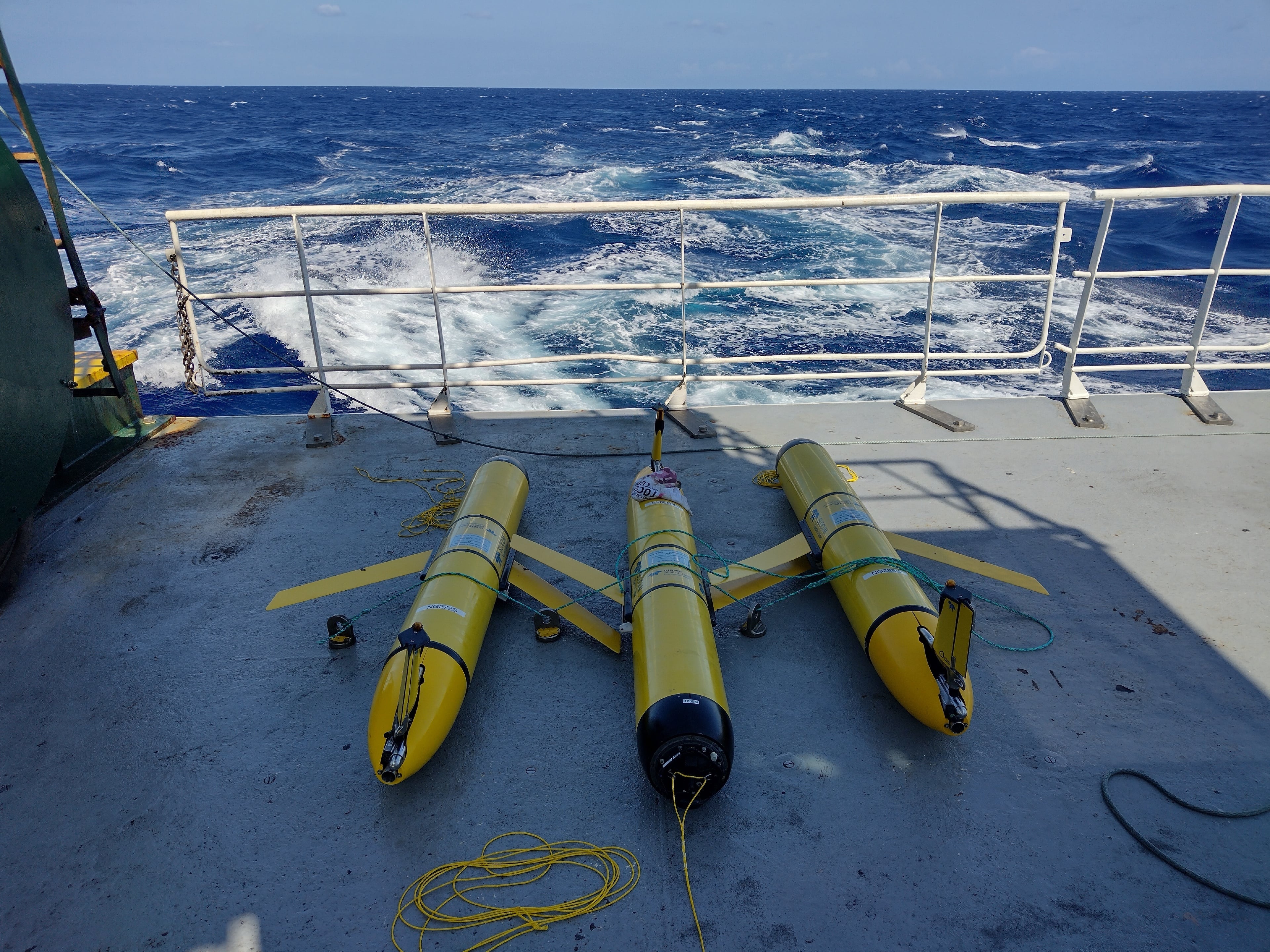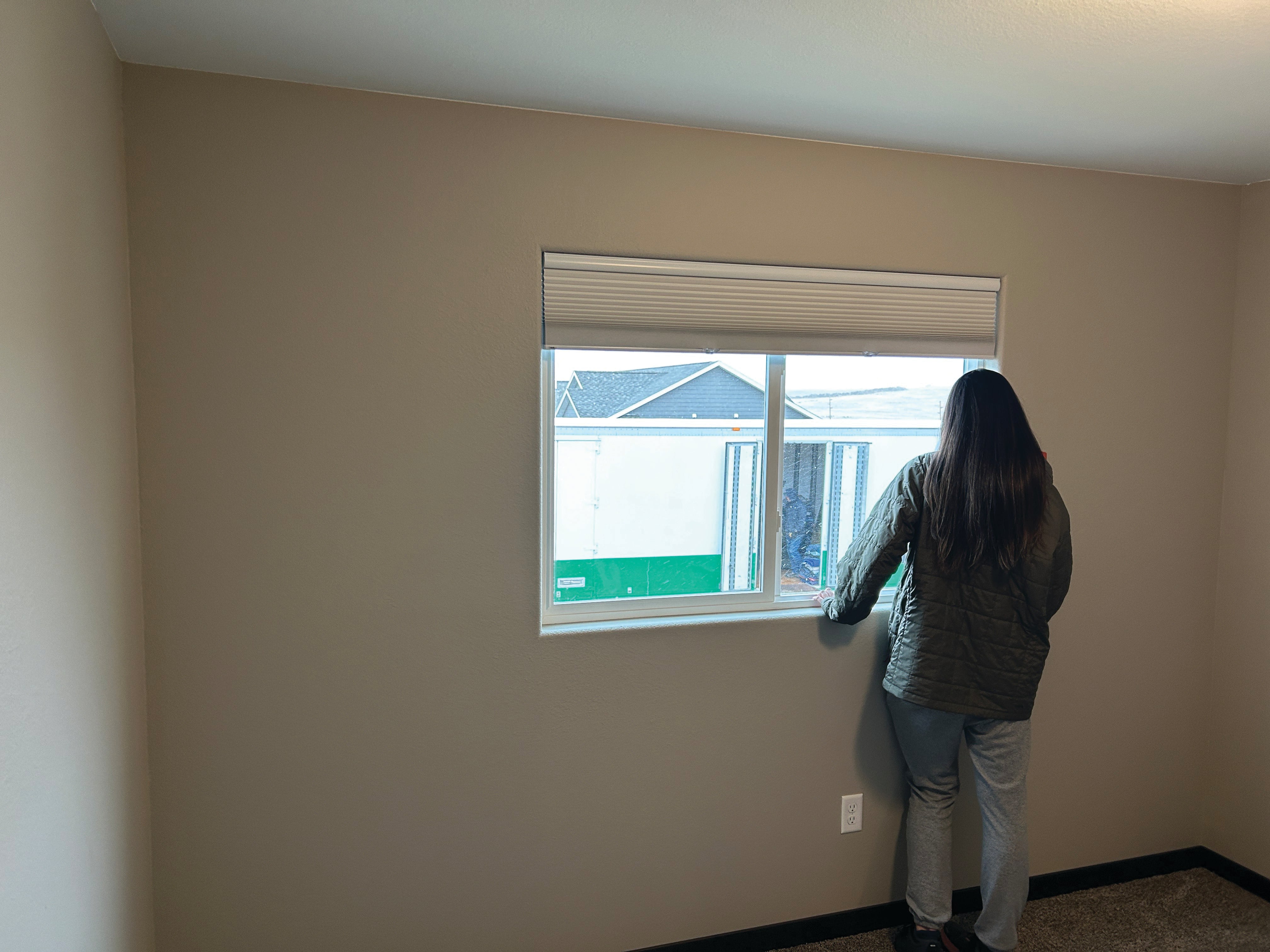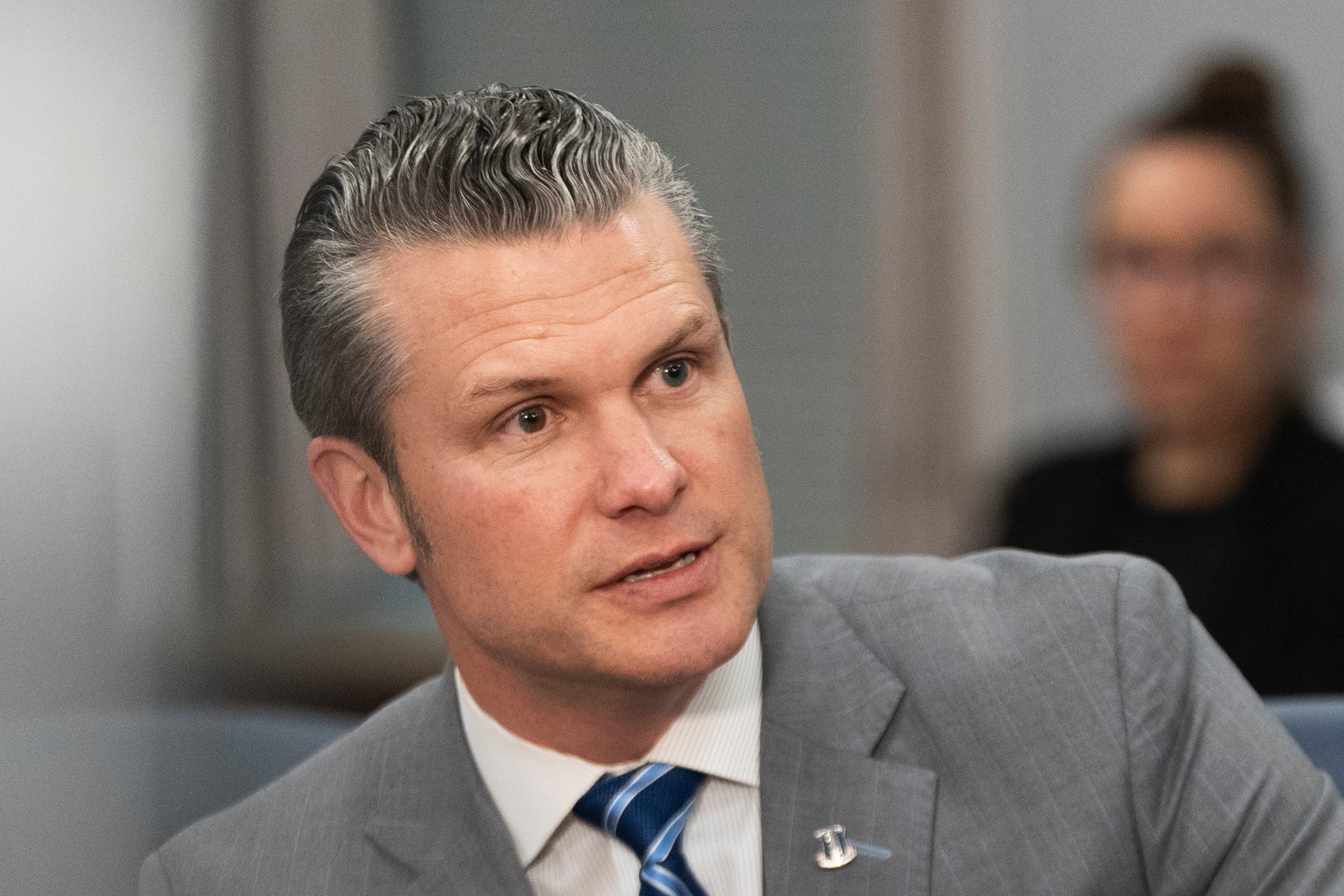SAN DIEGO — The workload for Naval Meteorology and Oceanography Command is growing as the U.S. Navy branches out to small ports and new operating environments around the globe, according to the command’s top leader.
The Navy’s maritime expansion is partly driven by regular deployments of Independence-class littoral combat ships to the Indo-Pacific region, which bean in 2019. These ships, with their shallow draft, can enter ports that larger vessels cannot. Service leadership has touted port calls to locations like Puerto Princesa and Davao City, both in the Philippines, as examples of stops the LCS can perform best thanks to its size.
This trend will likely grow under new Navy and Marine Corps operating concepts, with the former eyeing distributed maritime operations and the latter wanting small units that constantly maneuvering throughout island chains and littoral regions under expeditionary advanced base operations.
Rear Adm. Ron Piret, who leads Naval Meteorology and Oceanography Command at the Stennis Space Center in Mississippi, said he has “several decades worth of work” stemming from requests to support the Navy’s geographic expansion. The command is leveraging unmanned and semi-autonomous technologies, as well as a global network of partners, to help get the Navy information it needs to be successful.
Piret told Defense News in a Feb. 16 interview that METOC is well represented in larger deploying units like carrier strike groups, but with the Navy planning to spread out its forces, “can we provide that same level of support, that same tactical advantage to the independent deployer in a place where maybe communications are degraded or denied? So that has given us a challenge on how do we not only collect the data, but how do we structure the data and then how do we deliver that data so it’s available to these various types of platforms and warfighters.”
He added that U.S. naval and joint capabilities can be more or less effective based on weather and oceanographic factors — as can the capabilities of potential adversaries — so understanding the environment under, on and above the sea can help fleet commanders plan their missions for “where and when it matters.”

When the Navy wants to operate in an area the command hasn’t yet surveyed, the go-to system might be the T-AGS Pathfinder-class oceanographic survey ships operated by Military Sealift Command. Piret said there’s only a handful of those in the inventory, and so the command is considering alternatives. Options include sending in unmanned craft with sensors, operating light detection and ranging technology off an aircraft over shallow waters, sending expeditionary teams with their kit aboard a vessel of opportunity, or requesting help from the host nation or nearby partners.
Piret also serves as the hydrographer of the Navy, a role in which he collaborates with the International Hydrographic Organization. He said this decades-long effort to set mapping standards that ensure safety of navigation brings together not only countries that have the capability to do the mapping themselves, but also countries that do not or that are trying to develop some hydrography capability.
Through this collaboration, it may be that the U.S. Navy wants to attempt operating in a new small port in the Pacific. Or the host nation may have an interest in doing the hydrographic survey so that not only the U.S. Navy is able to enter but also commercial traffic. Or even a third party may be interested in doing the survey on behalf of the U.S. and the host nation.
Piret said the military and commercial benefits are interwoven, leading to a lot of interested parties who can help take on some of the growing requirements to survey ports and harbors when the U.S. Navy doesn’t have the capacity to do it alone.
Megan Eckstein is the naval warfare reporter at Defense News. She has covered military news since 2009, with a focus on U.S. Navy and Marine Corps operations, acquisition programs and budgets. She has reported from four geographic fleets and is happiest when she’s filing stories from a ship. Megan is a University of Maryland alumna.





